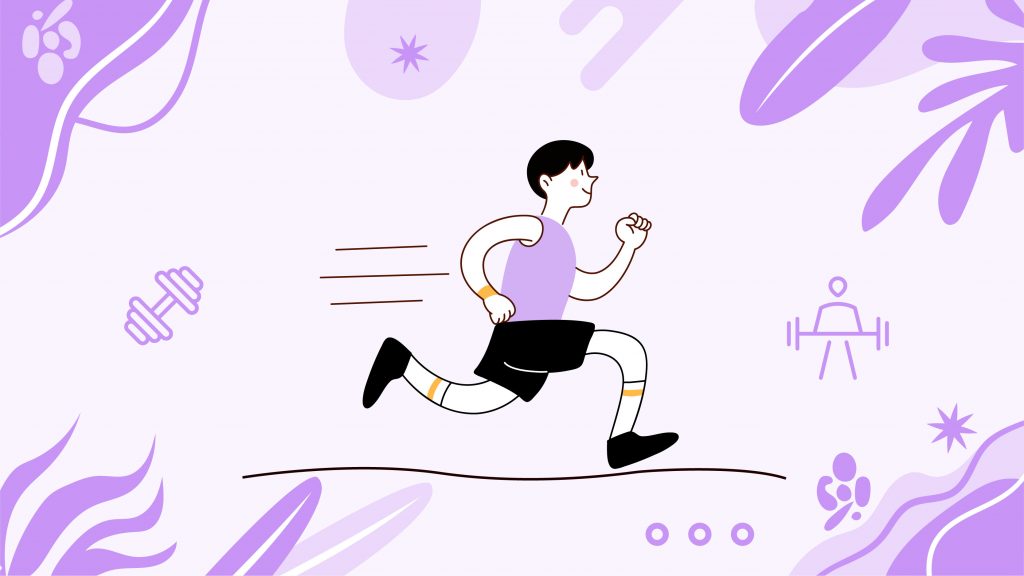The Race Against Time
Ah, the race against time! It’s like we’re all sprinting in this high-speed world where waiting a few extra seconds for a video to load can feel like a lifetime. Patience? It almost seems like a quaint relic in our instant-everything culture.
We’re so wired for ‘the now’, that the mere thought of waiting for a slow email or sitting through a traffic snarl can send our stress levels through the roof.
It’s as if life is this giant stopwatch, constantly ticking, pushing us to move faster, do more, and it’s exhausting!
Every little delay, every pause becomes a mini-battle, a test of our will to stay calm. And in this constant dash, we often lose touch with the here and now, missing out on the quiet, peaceful moments that patience gently offers us on a silver platter.
So, amidst the rush, the real challenge becomes not just managing our time, but mastering the art of patience, to reclaim the tranquility and presence we so desperately need.
The Patience Mechanism
But what’s really going on inside us when we’re trying to be patient? Neurologically, patience is a complex dance of emotion, cognition, and self-control. It involves the prefrontal cortex, the brain’s planning and decision-making center, which must override the more impulsive limbic system, responsible for emotional reactions.
When we’re forced to wait or face delays, the brain’s reward pathways, particularly those related to dopamine, are put on hold, creating an uncomfortable sense of anticipation or longing.
Stress hormones like cortisol may rise, heightening feelings of frustration or anxiety. However, with practice, patience can strengthen neural pathways that enhance self-control and emotional regulation, ultimately contributing to greater mental resilience and well-being.
Diving deeper into this intricate ballet, patience also engages the brain’s serotonin pathways, which are crucial for mood regulation and feelings of well-being.
Serotonin can temper the impulsive urges driven by dopamine, promoting a more balanced emotional state. When we practice patience, we’re essentially training our brain to delay gratification, a skill linked to successful outcomes in various aspects of life, including personal relationships, academic achievement, and career progression.
Moreover, the act of being patient can activate the parasympathetic nervous system — the body’s rest-and-digest response — which helps counteract the fight-or-flight response triggered by stress and impatience. This activation not only calms the body but also aids in restoring a sense of peace and stability.
Over time, engaging in patient behaviors can lead to neuroplastic changes, where the brain’s structure and function adapt to support more patient responses. This neural adaptation enhances our ability to cope with stress, make thoughtful decisions, and approach life’s challenges with a more serene and measured perspective.
Cultivating Calm in the Chaos
To effectively cultivate patience amidst life’s chaos, consider these steps to integrate calm and measured responses into your daily routine:
- Implement Regular Breathing Exercises: Integrate deep breathing into your daily activities, especially when you start feeling impatient. Take slow, deep breaths to help slow down your heart rate and calm your mind. This can be done anywhere, anytime, like during your commute, in line at the store, or in between meetings.
- Adopt Mindfulness Meditation: Dedicate a specific time each day for mindfulness meditation, even if it’s just 10 minutes. Use this time to focus on your breath and observe your thoughts and feelings, allowing them to pass without judgment. This practice can help you develop a more patient and observant mindset.
- Manage Your Expectations: Adjust your expectations to be more in line with reality. Remind yourself that delays and setbacks are often part of the process and not necessarily obstacles to your success. This mindset can reduce feelings of frustration and impatience.
- Break Tasks into Smaller Steps: When facing a large or daunting task, break it down into smaller, more manageable parts. This approach can make the task seem less overwhelming and allow you to approach it with more patience and less stress.
- Practice Empathy: Try to understand situations from other people’s perspectives. This can help you see the reasons behind delays or actions that might otherwise trigger impatience. Empathy can soften your immediate reactions and increase your tolerance and patience.
- Reflect on Past Experiences: Regularly take time to reflect on instances where patience led to positive outcomes. This reflection can reinforce the value of being patient and help you remember the benefits during challenging times.
- Create a Patience Journal: Keep a journal where you record moments of impatience and how you handled them. Over time, you’ll be able to identify patterns and triggers for your impatience, and also track your progress in becoming more patient.
Subscribe to newsletter
Get your Gut Health Starter Guide right now.
Elevate your Tuesdays with practical, science-backed wisdom propelling you forward on your gut health journey.

The Patience Pilgrimage
Maria sat quietly in her office early in the morning, before the bustle of the day began. The soft light of sunrise filtered through her window, casting a warm glow on her desk. With her eyes closed and her breath slow and steady, she was immersed in meditation, a practice that had become her daily sanctuary.
This moment of stillness, once foreign in her fast-paced world, now anchored her day, providing clarity and calm. As the day unfolded, she moved through her tasks with a newfound sense of peace, her impatience replaced by a thoughtful deliberateness.
Her interactions with her team were more attentive and considerate, fostering an environment where ideas flowed freely and collaboration thrived.
Reflecting on her journey, Maria shared, “I used to think success was all about speed and efficiency, about getting things done as quickly as possible. But that approach was taking a toll, creating unnecessary stress for me and my team.
Turning to mindfulness was a game-changer. It initially felt like a small step, just a few minutes of quiet each morning, but the ripple effects were incredible. I’ve learned to appreciate the process, to listen actively, and to respond with intention rather than haste. This shift has not only improved my professional relationships but has also brought a sense of joy and fulfillment to my personal life.
Patience has become my quiet power, a tool that helps me navigate both the demands of my job and the complexities of life with grace and resilience.”


















